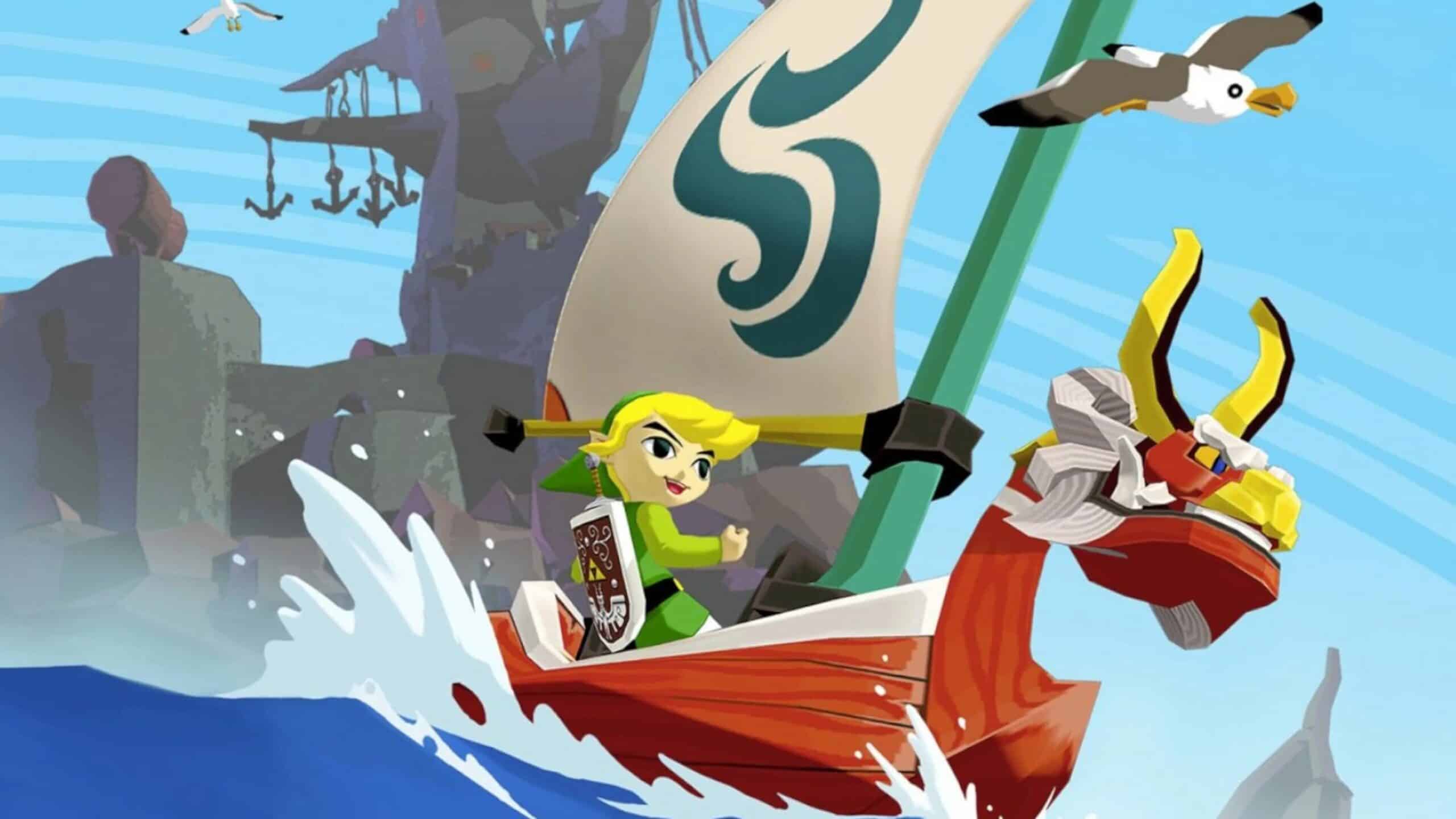The tonal 180 in player sentiment regarding The Legend of Zelda: Wind Waker represents one of the more remarkable redemptions in gaming history. After an initial tech demo for the Nintendo GameCube enticed fans with the prospect of a darker and more adult Zelda game, those same fans were somewhat awestruck at the reveal of Wind Waker as the first series title for Nintendo’s 6th generation console. Instead of a realistic-looking depiction of Link as a late teen or young adult, Wind Waker imagines Link as a cartoonish-looking child, complete with a bright and charming cel-shaded art style and whimsical look that’s a far cry from the grim-dark GameCube tech demo or even Ocarina of Time‘s adult Link sections.
Although many initially decried the game as an insult to fans by Nintendo, actually playing the title eventually proved that it was one of the best games in the series up to that point. Building on the formula for 3D Zelda gameplay that Ocarina of Time establishes, Wind Waker features some of the best combat, puzzles, and boss fights of any title in the franchise, absolutely nailing the fundamentals that fans have come to expect from a new entry. And, as an additional bonus, the game features one of the best stories of any Zelda game, which is only made further effective thanks to the evocative and compelling cartoon-like art style and presentation of the game’s narrative.
The Legend of Zelda: Wind Waker Plot
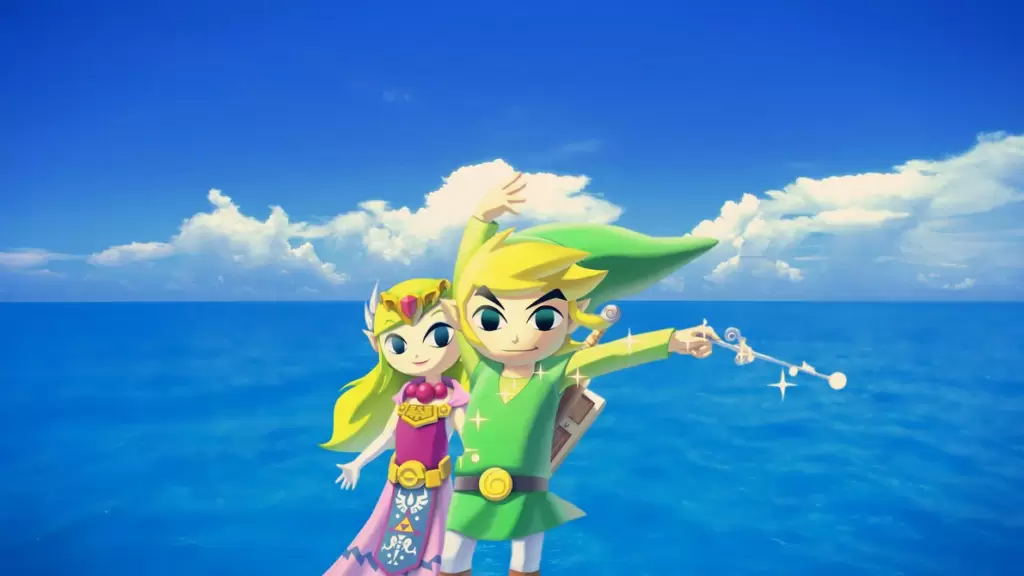
The Legend of Zelda: Wind Waker takes place hundreds of years after the events of Ocarina of Time in the branching timeline where Link defeats Ganon and stays living as an adult rather than returning to being a child. Following the destruction of Ganon and peace returning to Hyrule, the kingdom enters a period of prosperity lasting hundreds of years. Eventually, though, the presence of evil begins to creep back into the realm.
Desperate for help from the gods, the King of Hyrule reaches out for divine intervention, and the gods rule that the only way to stop evil from being reborn is to submerge the kingdom of Hyrule under a vast ocean. Hundreds of years later, a young boy going by the name of Link hears the call of adventure when his younger sister is kidnapped by a large bird, prompting him to partner up with the pirate Tetra and her crew to rescue her. Link fails and is cast into the ocean, but not before he is rescued by the King of Red Lions, a sentient boat that decides to help him on his quest.
He eventually discovers that Tetra is actually the rightful heir of Hyrule, Princess Zelda, and that the evil Ganon is the individual responsible for the kidnapping of young girls across the Great Sea. Link vows to both rescue his sister and retrieve the Master Sword to stop Ganon. Eventually, his journey takes him to Ganon’s Tower, where a climactic battle against the Demon King awaits Link at the summit.
The Final Battle & Resurrection of Hyrule
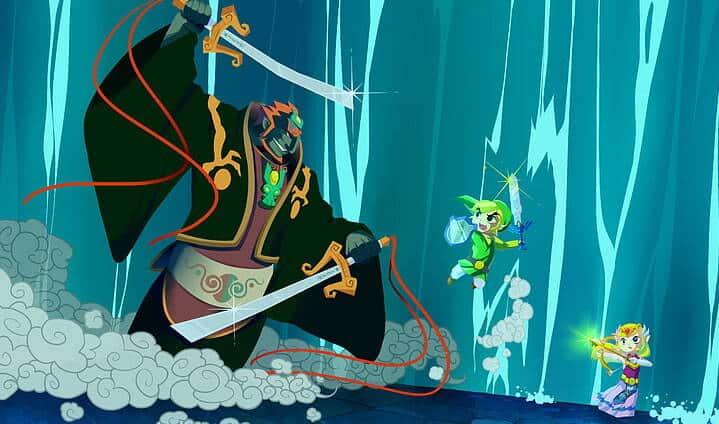
After years of appearing only in his beast form in previous series games, Ganon makes his first appearance as Ganondorf in Ocarina of Time. This human form of the reappearing antagonist has telltale greenish skin and firey red hair that distinguish him from the other Gerudo while also suggesting the evil lurking beneath the surface. Taking the name Ganondorf rather than Ganon, this human version of Link’s eternal rival has since appeared in every 3D Zelda game as the human version of the reincarnated Demise from Skyward Sword.
Ganondorf’s second appearance is in Wind Waker, where the foe takes on an interesting Samurai-like aesthetic and combat style that fits within the context of the game’s Pacific island/Oceanic setting. Contrary to the version of Ganondorf that Link fights in Ocarina of Time, the battle in Wind Waker does not see the villain take to horseback to challenge the Hero of Time. Instead, Wind Waker‘s Ganondorf dons two large katanas to duel against the hero in one-on-one combat. This boss fight is one of the more satisfying in the entire series, representing a brutal and visceral combat challenge against Link’s eternal foe.
The battle concludes with Link launching the killing blow after jumping into the air and diving down with the Master Sword drawn. The blade protruding from Ganondorf’s skull, he mutters his last words before perishing, signaling an end to Link’s journey across the Great Sea. With the fiend vanquished, Link now has a choice over what to do with the Triforce.
The Legend of Zelda: Wind Waker Ending
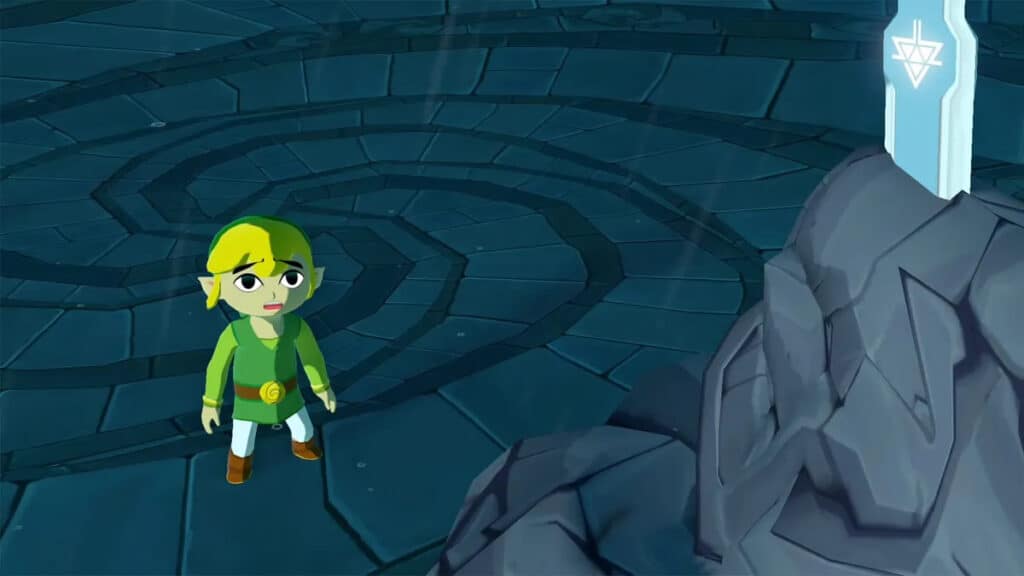
One of Ganon’s main aims in Wind Waker is to use the Triforce in order to remove the Great Sea and see Hyrule emerge from its watery grave. With Hyrule’s resurrection, Ganon could resume his reign of terror as the reincarnation of the Demon King Demise and twist the world into his image. The King of Red Lions, Link’s boat, reveals itself to be the remaining spirit of the former King of Hyrule who chose to drown the kingdom rather than let Ganon take it over, and he helps Link and Zelda to see that resurrecting Hyrule would ultimately result in tragedy.
Link is able to prevent the resurrection of Hyrule by gaining possession of the Triforce before Ganondorf, which results in the two clashing at the top of his tower in the climactic final battle. After defeating Ganon, Link and Zelda have a choice over what to do with the Triforce. Realizing that the King is right in wanting to avoid a repeat of past tragedy, the two opt instead to search for land in which a new kingdom of Hyrule can be born rather than dredging up the past.
Ultimately, Wind Waker is a story about learning from the past and using that knowledge to grow and chart a brand new path. By letting go of the past and making new traditions instead of adhering to old ways, the people of the new Hyrule have a chance to avoid the recurring cycle of conflict and destruction that comes as a result of evil forces wishing to control Hyrule and the Triforce.
How Wind Waker Impacts the Zelda Timeline
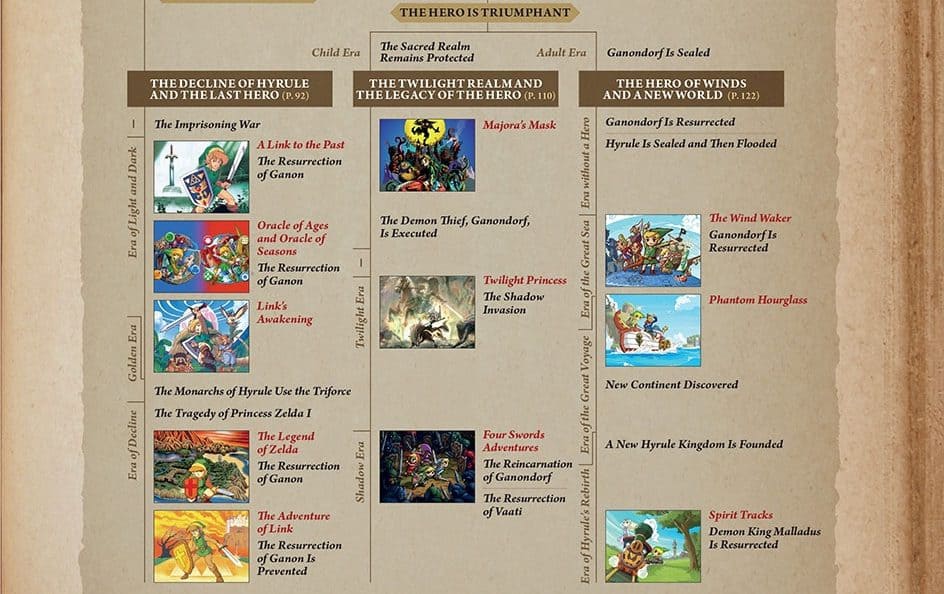
Thanks to the thematic relevance of Wind Waker‘s ending, the game presents an entirely new generation of Hyrule spread out over the course of three separate titles. Both visually and mechanically, the Zelda games that take place in this timeline are distinct from any other entries in the series and are the only trilogy of titles that take place in their own separate timeline. Following Wind Waker, Link and Tetra set off in search of land to establish a new Hyrule, resulting in their first new adventure that takes place during Phantom Hourglass. The end of Phantom Hourglass then sees Link and Tetra discover the land where a new Hyrule will flourish, and it is in this land that Spirit Tracks takes place 100 years later.
All three of the games that take place in the Adult Era timeline of The Legend of Zelda share the same cel-shaded art style that fans have subsequently dubbed “Toon Link”, but its because of this art style that each game has a somewhat timeless quality when compared to the other earlier 3D games in the series. With the future of the franchise wide open following the success of Tears of the Kingdom, and the Zelda team’s acknowledgment that the next game in the series will provide players with a new experience, there’s potential for the Breath of the Wild open-world Zelda formula to be implemented again in the Adult Era of the series’ timeline.
